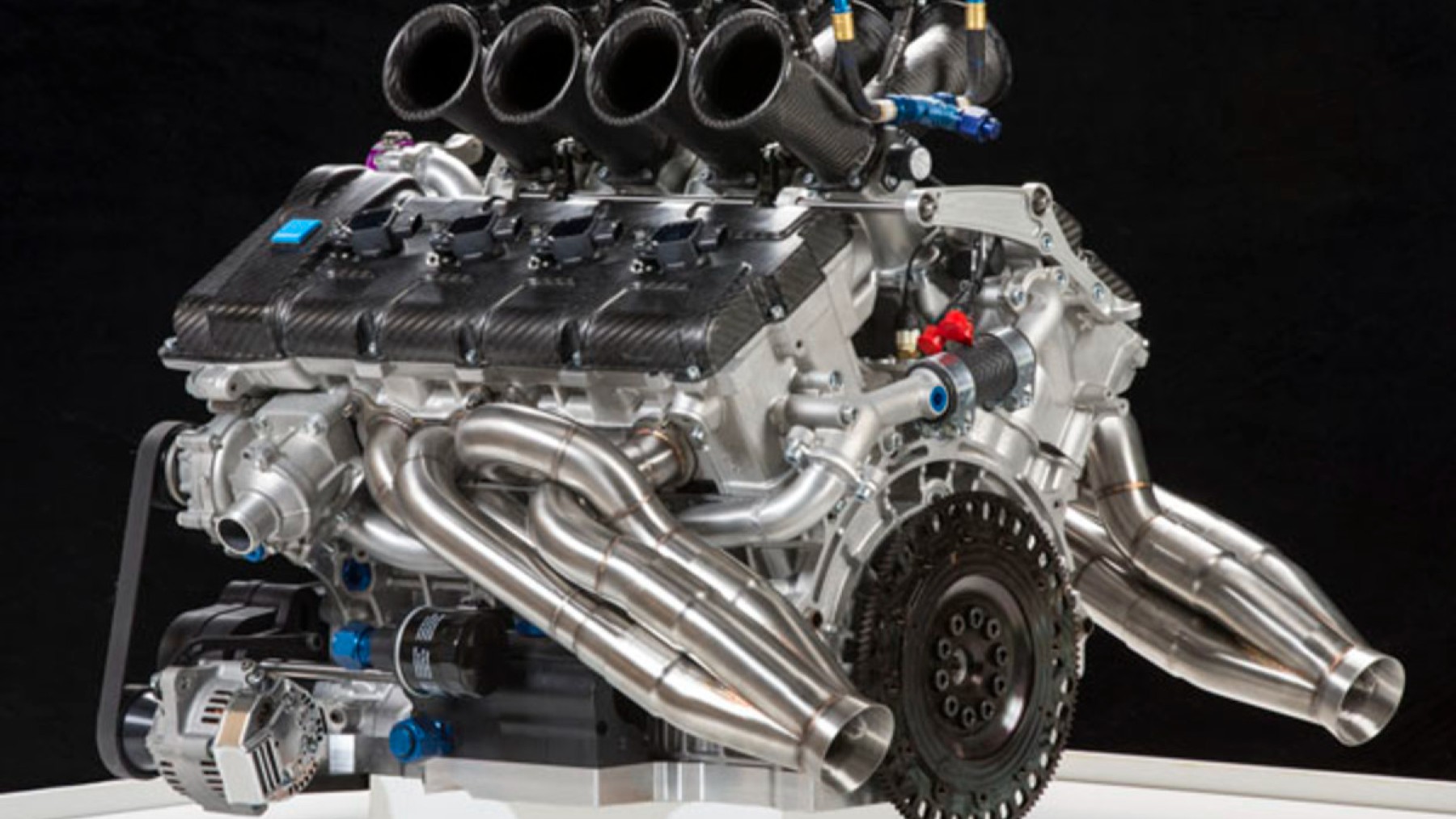
Approximately fifteen years ago, Sweden had a powerful technological engine at its fingertips, the Volvo Flexifuel engine. These engines were developed to use petrol and bioethanol blends, particularly E85, which is 85 per cent ethanol and 15 per cent petrol.
But, although Flexifuel engines had the potential and were quite popular, they did not remain in the spotlight. Fast forward to today, hydrogen is seen as the green fuel of the future, raising the question: what happened to the engine that once looked so promising?
The rise and fall of Flexifuel: A remarkable journey from innovation to decline
The Volvos of the mid-2000s featured Flexifuel engines, which sounded like a big breakthrough since they brought efficiency without compromising on power. The most famous variation, the 2.5FT five-cylinder, delivered 231 horsepower and 340 Nm of torque.
It was fascinating to see this level of control, considering that bioethanol was environmentally friendly. Precise fuel economy increased by around 5% in manual transmission models and 6% in models with automatic transmission.
Also, Sweden remained at the cutting edge of greener automotive technology with the Flexifuel models currently offered within Volvo’s range, such as the C30, V50, S40, V70, and S80.
Why did bioethanol fail to gain traction in the automotive market? Here’s what you need to know
Bioethanol produced from renewable resources like corn and sugar beet appeared to be the ultimate answer. It reduced its reliance on fossil fuels and enabled cars to emit less carbon, making them eco-friendly.
Bioethanol vehicles can switch easily between petrol and bioethanol, making them very flexible. But that was not the only change that the technology brought with it. Bioethanol has lower energy per gallon than petrol, and consequently, using E85 results in using about thirty percent more fuel.
In a world where the petrol-dominating convenience is still a thing, the upsurge in consumption and the lack of bioethanol accessibility infrastructure played a role in stagnating this option.
Despite this, Flexifuel technology did not achieve the level of success required when it was first launched in the automotive market. The following factors explain the decline of the organization: One of the main reasons was the infrastructure issue.
In this regard, the availability of bioethanol fueling stations was limited in countries other than Sweden and a handful of European countries, and the drivers could not count on the fuel as a regular source.
Thirdly, bioethanol-powered engines were less appealing to producers and customers with the emergence of more electric vehicles (EVs) and hydrogen. Even Flexifuel promoter Volvo abandoned its bioethanol-powered engines for electrification and hydrogen power.
Hydrogen’s rise: Why this fuel source is taking over and what it means for the future
Hydrogen is now claimed as the future fuel and is frequently used with electric drive systems. Hydrogen has one significant advantage over bioethanol: it generates no direct exhaust emissions when employed in fuel cells but only water vapor.
This places hydrogen as a better environmental option than bioethanol. While bioethanol was still not carbon-free but a much-improved product in terms of carbon emission, the use of hydrogen fuels fits better with the current drive towards creating carbon-neutral products.
Hydrogen is now becoming more feasible on a large scale as companies and governments invest large amounts of money in hydrogen infrastructure, from production to fueling stations.
What can we learn from the Flexifuel experience? Critical insights for the future of sustainable fuels
Flexifuel engines’ disappearance proves that technology needs more than developing new models. It is, therefore, essential to have robust infrastructures, markets, and long-term support from the industry and policymakers to sustain success.
Flexifuel from Sweden could have contributed more significantly to the shift from fossil fuels if it was well supported. As hydrogen is in the spotlight today, it is essential to face the same problems that bioethanol faces – adequate hydrogen infrastructure must exist. There must be a consistent and reliable supply of hydrogen fuel.
As we transition into a hydrogen society, one must note that Sweden was once a leader in environmentally friendly engine innovations. While the Flexifuel engine is no longer a topic of discussion, it created a basis for the continued search for new fuels.
Cue the potential for hydrogen to suffer the same fate as its predecessor; it is hoped that the experiences made here will help avoid such an occurrence.
